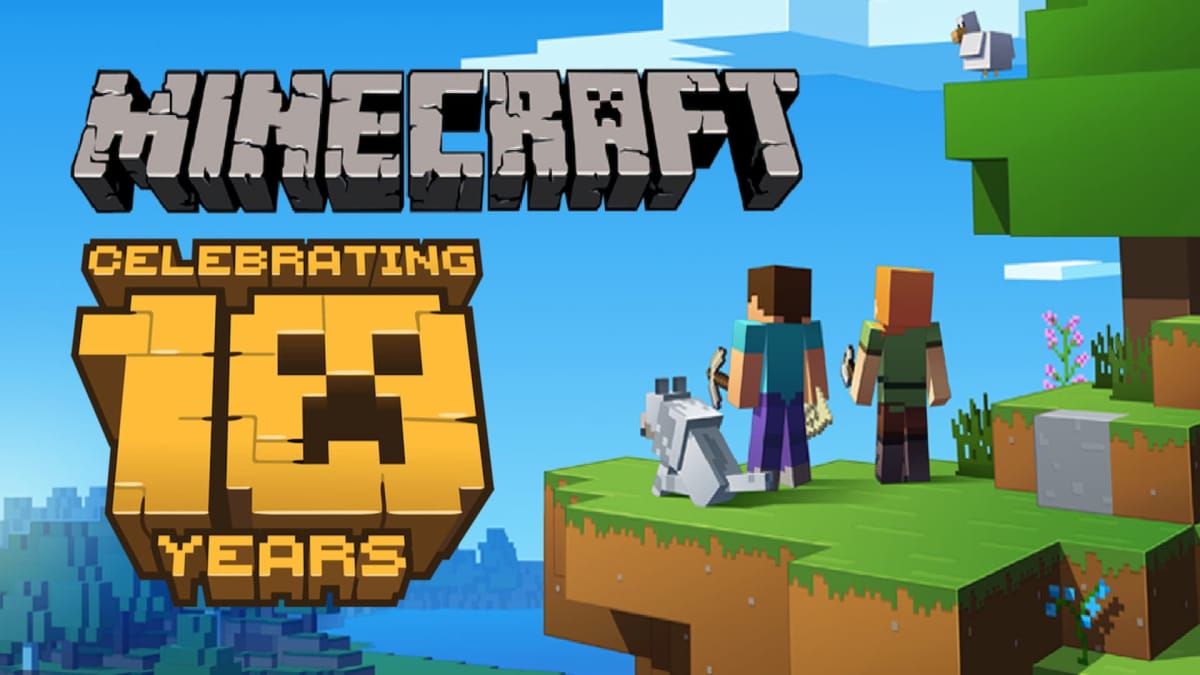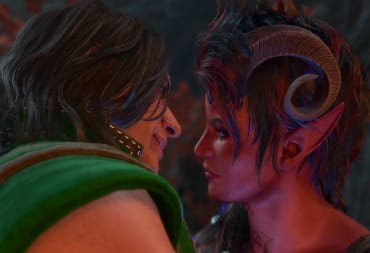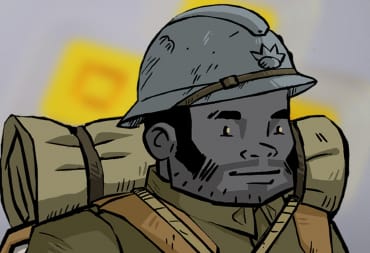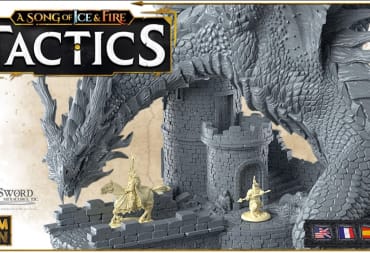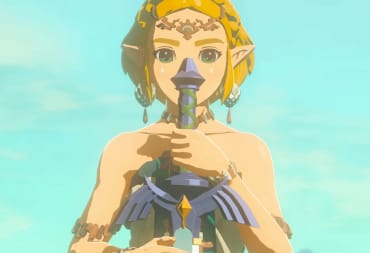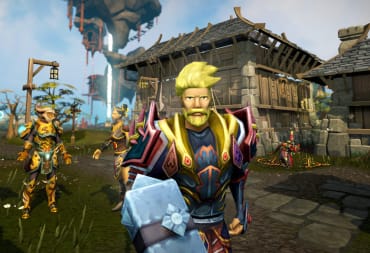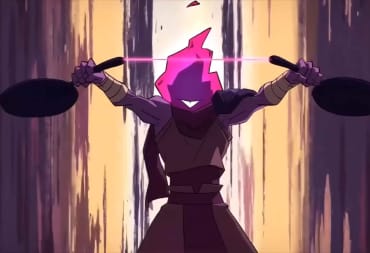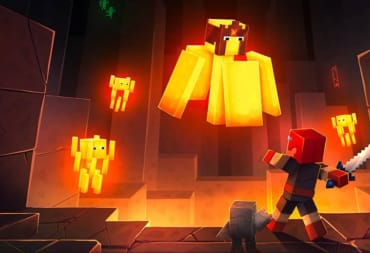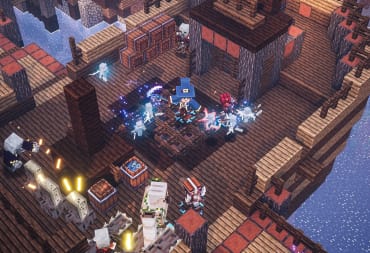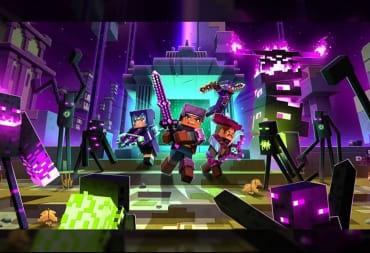Eyck, I feel old. I wasn’t quite in high school when Minecraft launched back in 2009. It was such a novel concept at the time, a fun way to play with friends without the competitiveness of a shooter or an action game. You have to remember that survival games really weren’t a thing before Minecraft, and most building games made you an omniscient god. Minecraft is the first game I can remember to embrace true creativity. Tycoon games were like a big box of small playsets, but Minecraft was an enormous bucket of LEGO.
For the unfamiliar, early Minecraft was created as a one-man project by Marcus Persson (Notch). As Minecraft attracted a cult following, Notch pursued development full time, frequently fixing bugs and releasing huge content updates. That development style would become a keystone of Minecraft’s update cycle as Notch brought on more people and founded the development company Mojang.
Give Us More Minecraft!
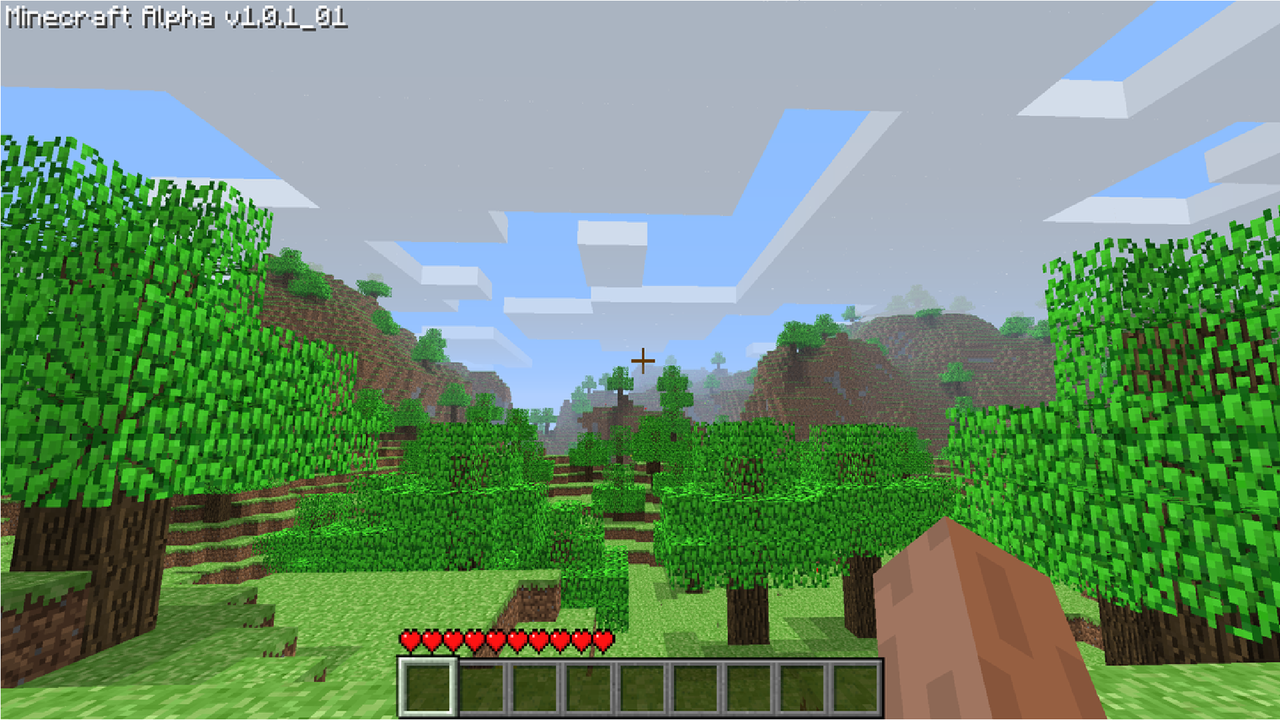
If you never played the alpha, you might not appreciate how far Minecraft has come. In the Minecraft alpha, you simply punched trees, crafted items, and built to your heart’s content. As the beta rolled around, you had even more content. Pistons, beds, mining, and hunger. Suddenly you were no longer just building, you were going on an adventure. In recent years, Minecraft has really focused on that adventuring—expanding outward, rather than building a tower to the sky.
That little indie game is almost unrecognizable now. Mojang, since purchased by Microsoft, has been pumping out regular content updates all this time. Each update fundamentally changes some element of play: The Aquatic Update, the Combat Update, and the World of Color Update. If you haven’t played in a while, you probably don’t know what any of those are. Minecraft has become like Rome, a new world built on top of the old. The original pieces are all there, but they’ve been covered up by new additions.
Most games don’t get support for five years, much less a whole decade. Early access titles have conditioned us to expect a constant trickle of content from indie developers, but few games have seen 10 years of periodic, game-changing updates. Even an old heavyweight like World of Warcraft mostly plays as it did on launch.
Early Minecraft was so simple. You punch down trees, you build a hut, find a cavern, and build a castle or maybe a luxury condo. True to the LEGO analogy, you created your own goal. Now, Minecraft has a definitive end-boss, a super boss, randomly generated temples, and bandits to attack the Squidward-nosed villagers.
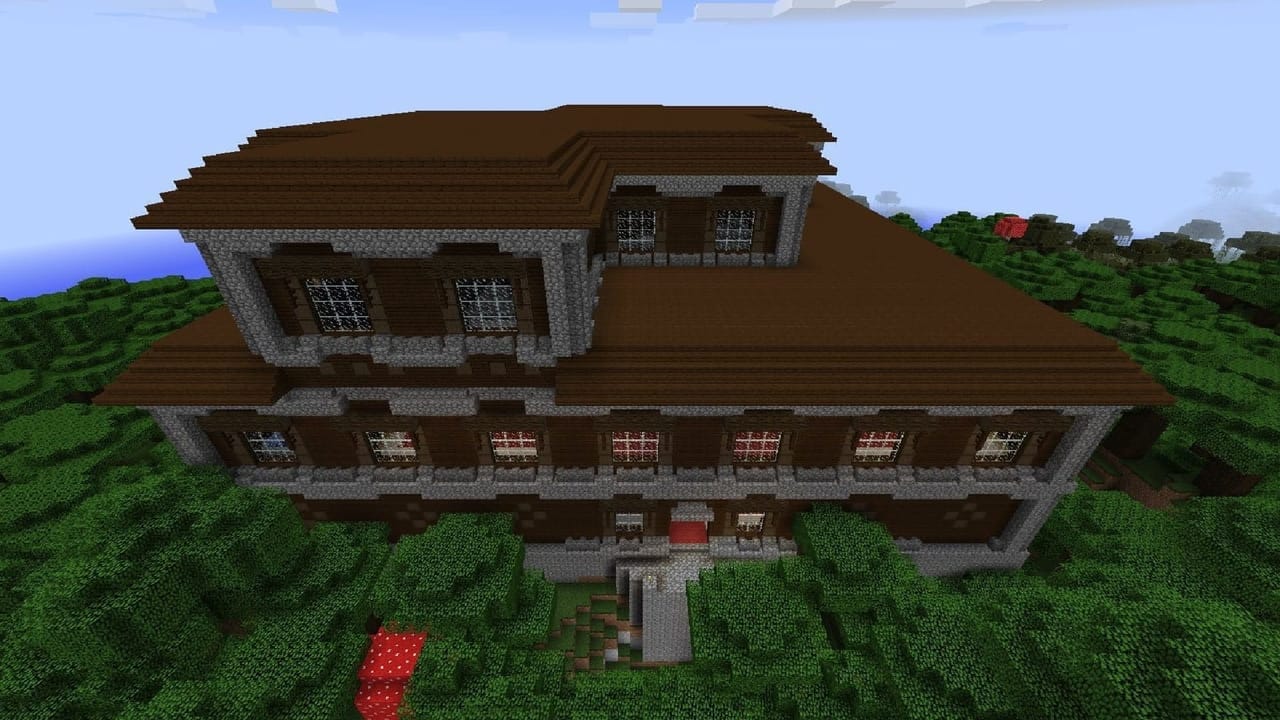
Finding fun in the experience is still on the player, but now there are many more options. Maybe you want to build a wall around a village and turn it into a proper kingdom. Maybe you want to build an enormous Redstone calculator. Or maybe you don’t feel confident about your buildings, and you just want to fight monsters and save the world. That’s fine too. Even with all this new content, it’s easy for anyone to find their own niche in the world. Minecraft started with a solid foundation; it was a game about building blocks, occasionally interrupted by monsters. Since then, it has elevated its somewhat underdeveloped concepts into varied gameplay that appeals to different kinds of players.
So how has Minecraft managed to stay relevant for a whole decade? How is it possible that Minecraft, with its humble one-man show origin story, is the second top grossing game of all time at over 150 million units sold? I think a lot of it has to do with the target audience. Kids ate this game up. Heck, I ran a server when I was in high school. Then came the merchandising.
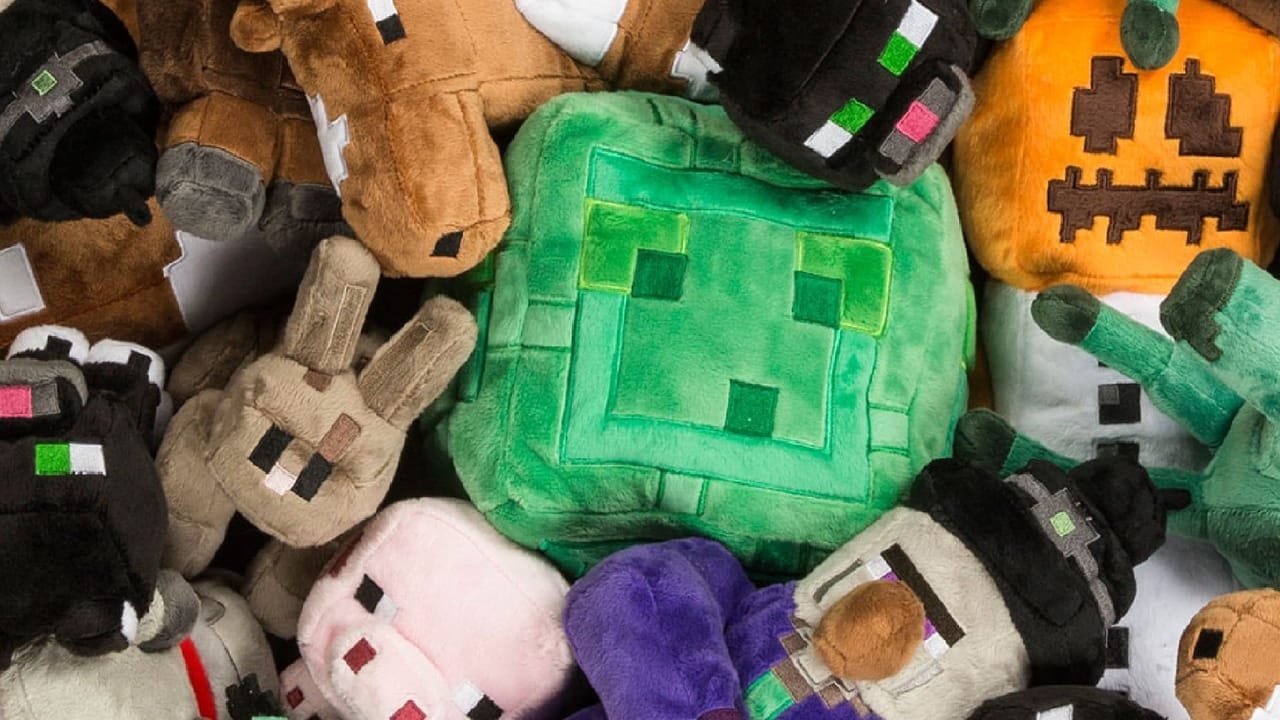
It was subtle at first, a few items on the J!NX store. Not something most people would notice. Then it crept up on us. Suddenly, every Walmart in the country had Minecraft t-shirts, Minecraft backpacks, and even Minecraft underwear. Then came toys, party supplies, LEGO sets, and plush animals. Minecraft became a cultural phenomenon to rival Mario. This style of intense, child-targeted marketing would later get picked up by Five Nights at Freddy’s and (most recently) Fortnite.
One thing I find really odd about Minecraft merchandise is that they maintain the pixelated design. Where early Mario merchandise always focused on the cartoony box art, Minecraft focused on the pixels. The result is kind of unusual. If you’ve ever seen some of the Minecraft stuffed animals, you know what I’m talking about. Pixelated blocks look weird when put into a soft 3D space.
Perhaps the most impressive element of Minecraft’s success is that it’s just one game, and it doesn’t have microtransactions (at least on PC). If you bought Minecraft 10 years ago, you’re still playing the same game on the same purchase. Moreover, every update over the past decade has been free. There have been spinoffs, Telltale’s Minecraft Story Mode (now available on Netflix) and the upcoming Minecraft: Dungeons, but these have distinctly different styles than that one-of-a-kind Minecraft experience.
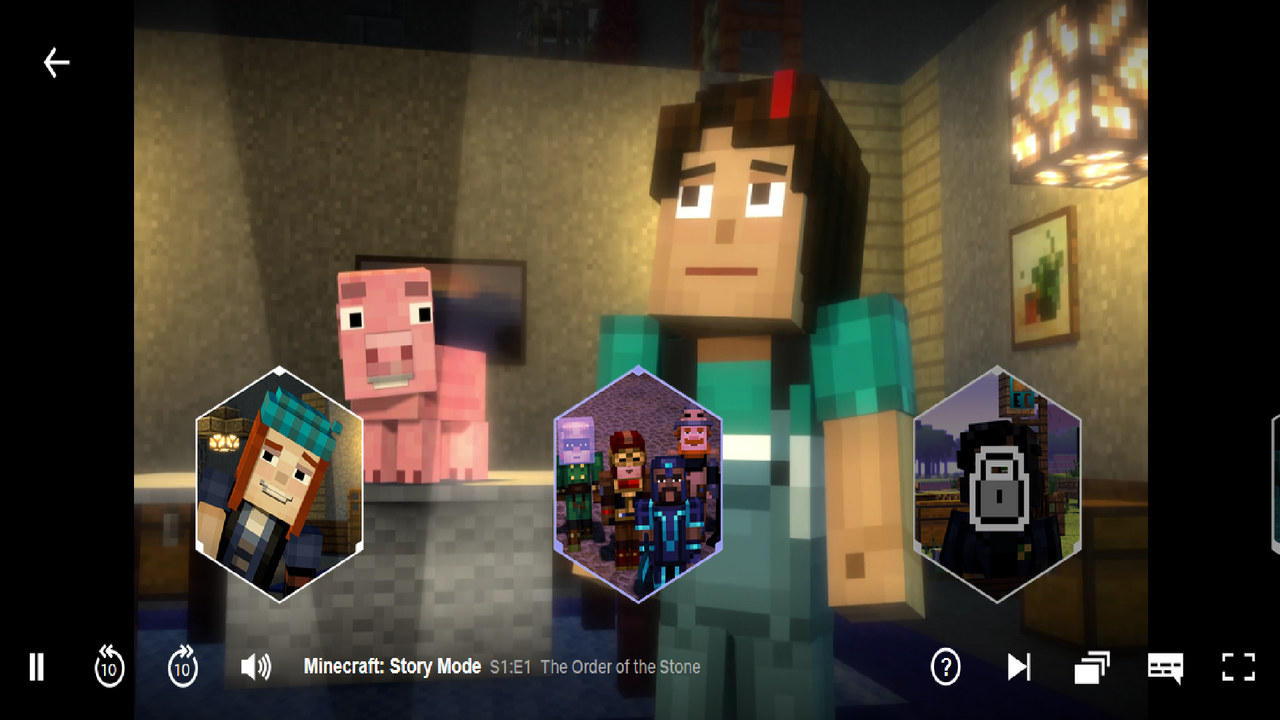
Minecraft became the second best-selling game of all time on a single-purchase model. There’s no subscription, no DLC packs, and no loot boxes. Minecraft bucks the trend of modern sales models, and they’re making money. More than that, they’ve become a cultural phenomenon, instantly recognizable by kids, young adults, and parents everywhere.
A decade later, Minecraft not only makes me nostalgic but makes me want to go back and start another server. Minecraft is so much bigger than it used to be. There are more biomes, more monsters, more creatures, more adventure, dual wielding, and more. If you played Minecraft on launch, coming back will feel like visiting the town you grew up in. There are many new things to see that may feel unfamiliar, but you can always anchor yourself in the old favorites and the comfort of home.
Have a tip, or want to point out something we missed? Leave a Comment or e-mail us at tips@techraptor.net
